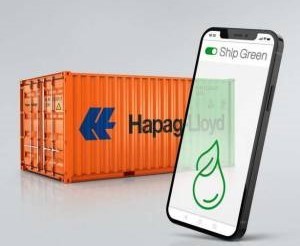Not only ocean freight rates along the east-west services between the Far East and the Mediterranean and between the Far East and Northern Europe are increasing as a result of the escalating Red Sea conflict.
Being forced to avoid Suez and transit via the Cape of Good Hope has meant shipping companies having to lengthen their sailing times. This has also led to a directly proportional increase in CO2 emissions.
The longer the distances a ship has to cover between one port and another, the more it has to increase its speed to keep to its scheduled schedule, and the more frequent the feeder services.
On the basis of these three factors, Sea Intelligence has attempted to estimate how much CO2 emissions have increased.
If shipping companies use exactly the same vessels, at exactly the same speed, emissions increase at a 1:1 ratio as shipping distances lengthen. Since shipping distances around Africa are on average 31% and 66% longer for services from Asia to Northern Europe and the Mediterranean respectively, CO2 emissions will increase by at least these percentages.
If ships sail even faster, emissions increase even more, as fuel consumption is not directly proportionate to sailing speed. For example, based on Sea Int.’s fuel consumption model, increasing speed by one knot, from 16 to 17 knots, increases emissions by 14%.
Finally, while shipping companies are rushing to gradually increase their additional capacity to cover longer sailing distances, smaller, less fuel-efficient ships are being deployed on links between Asia and Europe.
Some of these smaller vessels have recorded a 141% increase in CO2 emissions compared to conventional ULCVs.
Putting all three components together, Sea Intelligence estimates 260% increase in CO2 emissions on Asia -Northern Europe routes and +354% on Asia – Mediterranean ones.
Translation by Giles Foster




